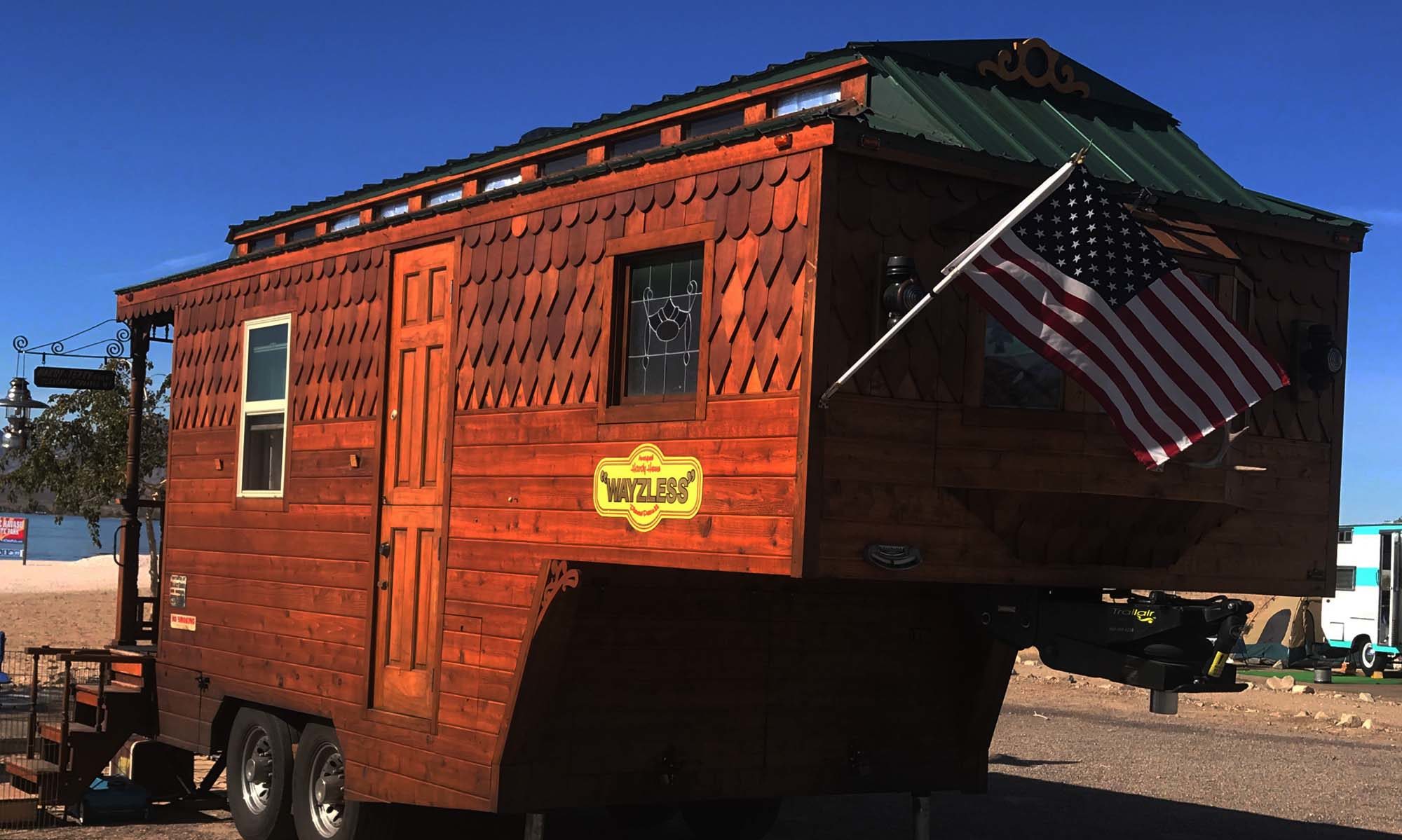Here is the “why” and the “how”.
A simple Ignition Relay
Do you have a factory provided ignition relay on your auxiliary trailer battery charging circuit provided by your tow vehicle? This is the most basic and most inexpensive configuration used to create “isolation” between your vehicle battery, and auxiliary when your key is off and engine/alternator is not running and charging.
There are certainly more technical and better ways to accomplish this isolation, and auxiliary charging for that matter. But this protects your vehicle starting battery, from discharging due to auxiliary battery loads.
An after-market ignition relay? Or a passive battery isolator? These are necessary to un-bridge the connection between the tow vehicle battery, and the trailer battery. Thus avoiding killing your tow vehicle battery when running circuits in the trailer. [When tow vehicle is off and not charging]
Some vehicles with a factory tow package have them. Most don’t. You have to test if you don’t know for sure.
I had a trailer shop install my hitch and wiring. They did not install a rely. My charging wire was hot [all the time] off my tow vehicle battery, through a fuse.
Sure you can unplug the wiring connector at the bumper to accomplish the same thing. But that is often forgotten, or not convenient when stopping to sight see, etc. Switched could be installed too. But depending on remembering to unplug or flip switches, often results in forgetting then dealing with a vehicle that won’t start.
Something like a 12V Fridge/Cooler or a fan can draw your batteries down quick enough you may need a jump to get your engine started. Even in periods as short as an hour or two. Not so bad where there are people around. But out boondocking, or on some remote road, can be another story.
I was into a project to install a Ignition Relay type of configuration. I was reluctant to just start hacking wires. Just to find an ignition voltage source to control my relay. I put the word out to various sources.
My patience paid off when someone sent me a link to pull up the wiring diagrams. I had looked at some diagrams previously that were not accurate.
This diagram was specific to the vehicle and accurate.
I was installing an ignition relay to disengage my tow vehicle battery/charging system, from my trailers auxiliary batteries, when the tow vehicles key is shut off.
I was also reluctant to pick just any fuse fearing it could interfere with some essential circuit that might disable driving. These new vehicles power tons of modules that do essential functions. Things like injectors, computers, pollution sensors, transmission modules, etc.
I found the compass circuit. I thought I could do without that while driving should something I install blow the fuse while traveling. That was module driven also.
Following the schematic back, I found the fuse also powered a heater control module. That common fuse powered just those two things. I felt neither was essential to get down the road. I “double tapped’, into that wire, at the fuse slot with a dual slotted adapter pigtail.
 Installed, tested, and working. My hot charging wire for auxiliary trailer batteries now automatically disengages when the tow vehicle key is off.
Installed, tested, and working. My hot charging wire for auxiliary trailer batteries now automatically disengages when the tow vehicle key is off.
I used a 500 amp Stinger brand relay. A dual slot mini ATC fuse tap, a length of 12ga wire, split flex plastic wire protector, a couple crimp terminals, and some tie-raps. All for about $100.
They make passive battery isolators that perform the same function electronically in a self-contained module. I originally bought one rated for 140 amps.
They have 3 posts. You basically take your existing battery cable, the positive, off and move it to the input post. On one output post you use an equally gauge sized battery cable to reconnect to the positive batter post. The second output post is wired to your auxiliary battery wire.
In my case I didn’t have the room to install this type. My existing battery cable was too short to swing it anywhere. I could change it but that would have been a pain. Plus it puts a “point of failure” in the main positive between the starter and the battery. I thought it wiser not to alter the integrity of my existing factory wiring too.
The relays are just as effective. Just be sure to use high amp type. Though you will never draw this many amps, it will last longer. Make sure you properly fuse both the high amp side [battery connection], and the low ignition side, at their sources. These relays act like a simple switch that is on or off with your ignition key.
Here is the website you can search wiring diagrams. Once on the site go to Technical Info. You will have to set up an account. But it is free.
See: Passive Battery Isolators
See: Battery to Battery Chargers
![]()

